The conventional wisdom is that meat can make you gain weight. But if you choose healthy meats and prepare them the right way, nothing is further from the truth. In fact, including healthy meats in your diet can supply your body with a wide array of nutrients that support fat burning and weight loss.
It’s important to start by noting that while any meat from ruminant animals (such as cows, sheep and goats) that is not consumed with breading, sugary sauces or other processed carbs (like buns) is good for weight loss, you should be careful with meat from conventionally-raised monogastric animals, including poultry and pork.
Meat from these particular conventionally-raised animals is much higher in omega-6 fat than meat from pasture-raised animals that were fed a grain-free diet. That’s a problem because omega-6 fat has linoleic acid, which has been shown in studies to increase the size of fat cells (called hypertrophy).
Additionally, linoleic acid elevates cannabinoid levels, which disrupt the mechanisms that make you feel full after a meal, dramatically increasing your chances of overeating.
Why Meat Is Good for Weight Loss
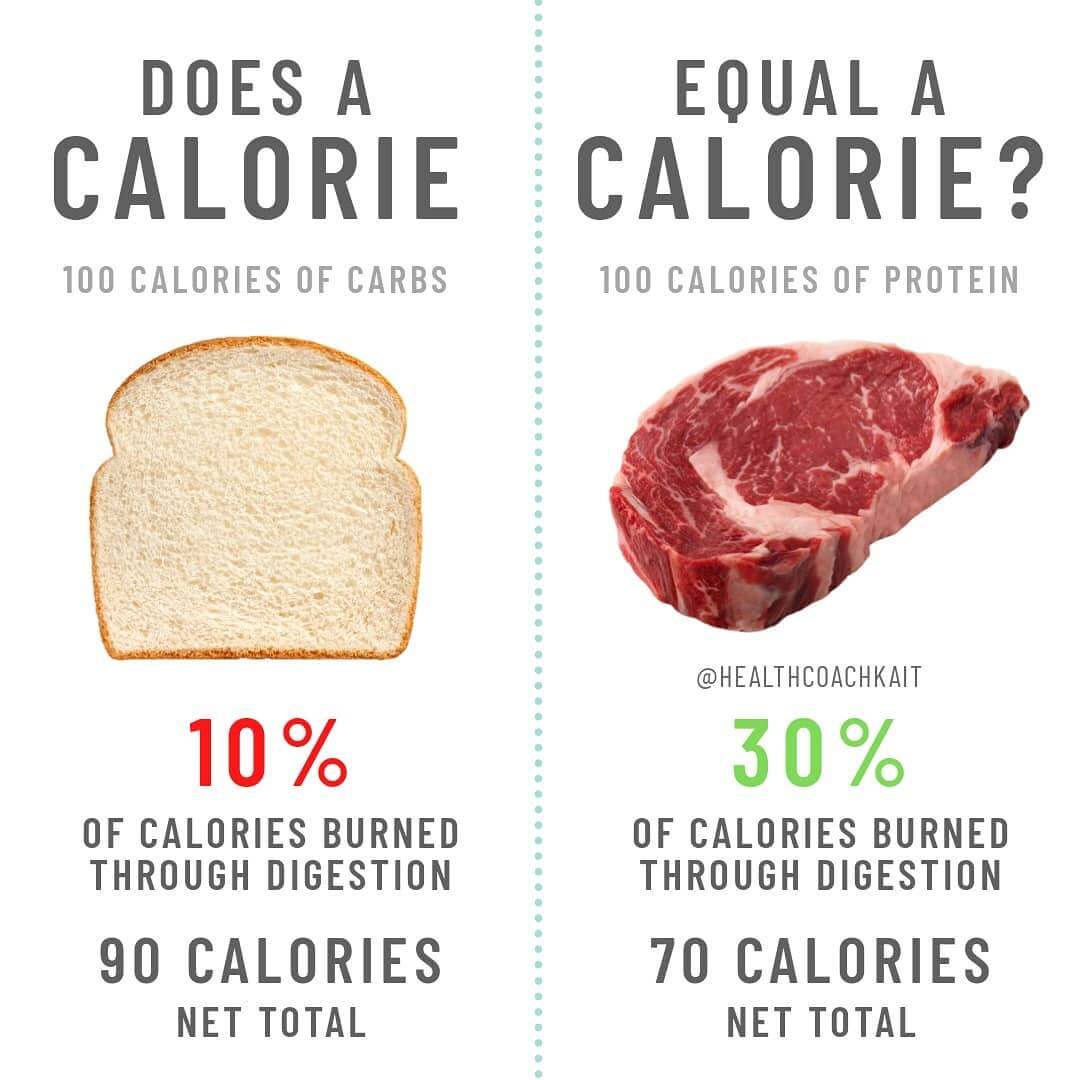
One of the main causes of weight gain in Western societies like the United States is the consumption of processed foods, including industrial seed oils, that are calorie-dense but nutrient-poor. In fact, a 2021 study published in the journal Clinical Nutrition found that eating heavily processed foods was associated with a 15% increase in the risk for obesity.
In recent decades, mainstream dietary guidelines have focused on reducing people’s intake of saturated fat, based largely on the incorrect belief that saturated fat causes heart disease. This has resulted in the increased consumption of low-fat and plant-based foods that lack many key nutrients that promote calorie burning in the body.
These dietary guidelines de-prioritize meat, which is a major problem considering that it is unequivocally the most nutrient-dense food you can eat. For example, animal protein has a complete amino acid profile (including methionine, taurine and lysine), whereas plant protein lacks many of those important amino acids (as shown in the chart below).
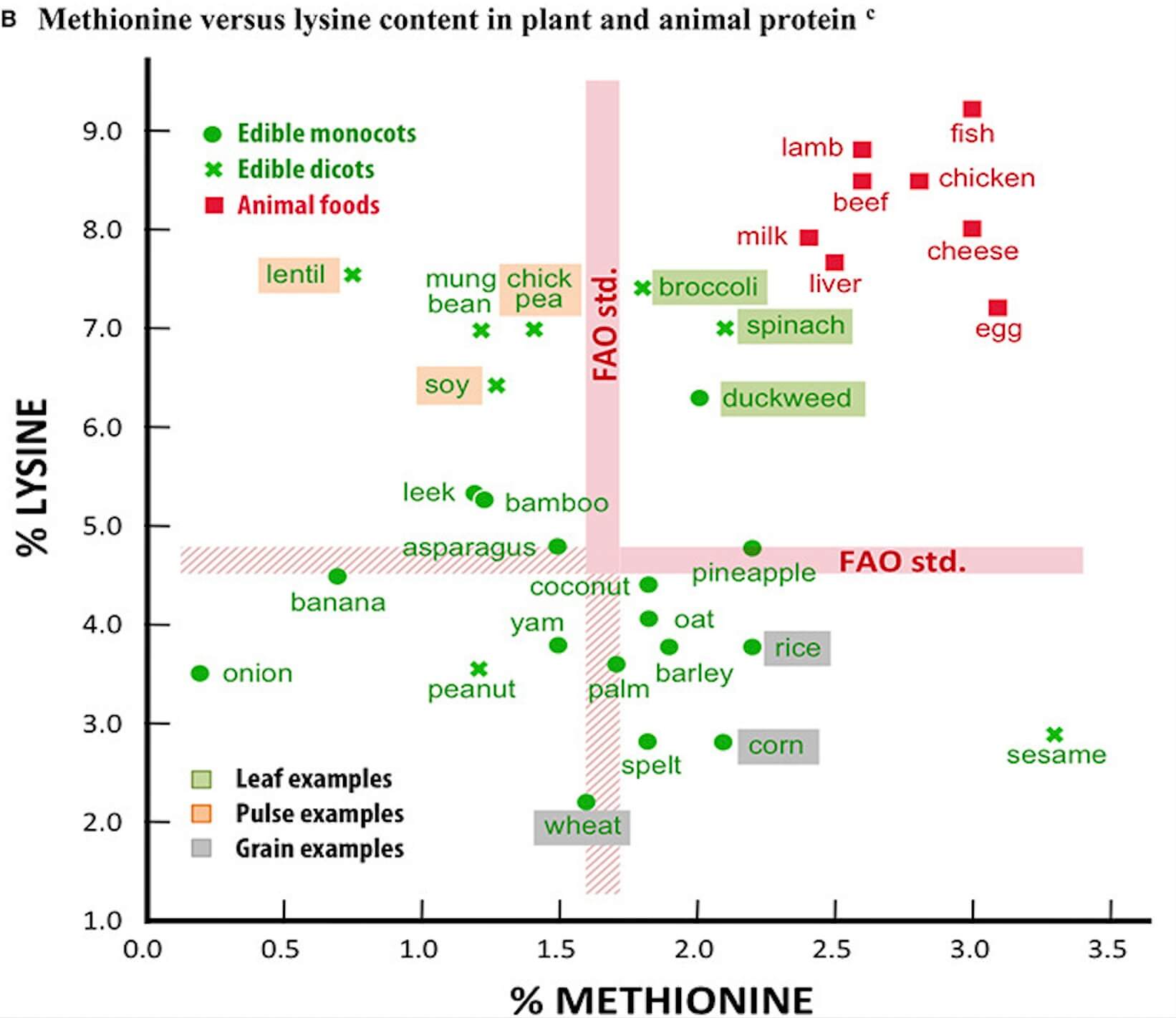
Additionally, researchers from the University of Alberta found that a diet consisting of 40% protein burned more total calories than a standard recommended diet consisting of just 15% protein. The researchers theorized that this is because digesting protein requires a higher caloric expenditure than digesting carbohydrates.
In other words, your body has fewer calories to use for energy when you consume protein compared to when you consume carbohydrates. So even without changing your level of activity, consuming more protein leads to a higher fat loss ratio.
Some of the key weight-loss benefits of eating healthy meats include:
- They have high nutrient density compared to other foods, including protein, healthy fats, vitamins, minerals and certain antioxidants that promote satiation (feeling full) with a lower calorie intake.
- They promote increased energy, which can in turn promote fat burning.
- They can reduce inflammation, improve insulin sensitivity, and improve glucose levels if eaten as part of a low-carb/ketogenic diet.
- Unlike plant protein, meat protein does not contain chemicals that negatively impact the absorption of nutrients. You can learn more about this in our article on meats vs. plans, which explores the problems with a plant-based diet.
Some of the factors that impact whether or not meat promotes weight loss or weight gain include:
- How the meat is prepared. For example, baked meats and slow-cooked meats are healthy whereas breaded and fried meats are not.
- How the animal was raised. The nutritional quality of meat varies greatly depending on the soil quality the animal was raised on, as well as whether the animals were fed a species-appropriate diet. For example, beef should be raised exclusively on grass (also known as 100% grass-raised and grass-finished beef). However, if you can’t afford grass-finished meats, just buy the best you can afford — they’re still healthier and better for weight loss than plant protein.
- What you eat alongside the meat. Meat is only as healthy as what you serve it with. So if you eat meat along with a bunch of white bread, grains or dessert, it certainly won’t promote weight loss.
- Which cut of meat you choose. For example, chicken liver is far more likely to promote weight loss than boneless, skinless chicken breast (because liver contains much greater amounts of nutrients that support calorie burning).
The 10 Healthiest Meats for Weight Loss
To get the healthiest meats for a lean body, it’s important to consider the overall health profile of each type of meat. Here are the 10 best meats for weight loss (if prepared and served correctly).
#1. 100% Grass-Fed Beef
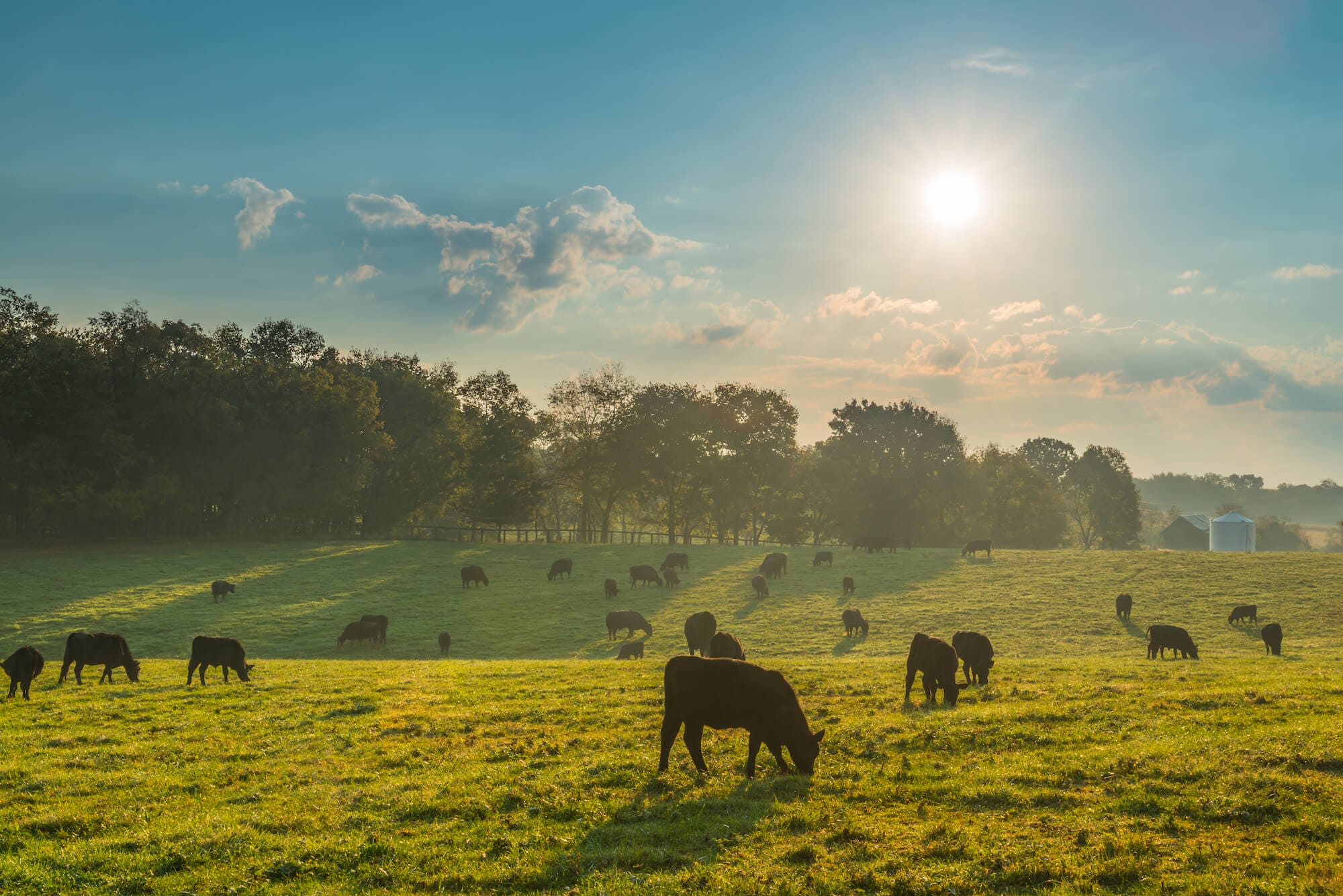
100% grass-fed beef is high in protein and has a complete amino acid profile, as well as plenty of healthy fats that keep you fuller for longer than other meats. In fact, research shows that eating red meat results in fewer food cravings compared to diets that restrict red meat consumption.
Grass-fed beef also contains more fat-burning nutrients than any other meat, including carnitine, carnosine, betaine, choline and conjugated linoleic acid (CLA).
Additionally, grass-fed beef contains a significant amount of carnosine, which is an antioxidant unique to meat. People with higher blood levels of carnosine are less likely to have diabetes or elevated blood sugar levels. Studies on rodents suggest that carnosine also helps to promote more metabolically active fat in the body (which is called brown fat).
It’s important to note that consuming red meat (like grass-fed beef) as part of a low-carbohydrate diet does not negatively affect cholesterol levels. You can learn more about why in our article debunking the most common myths about red meat.
Best options: The absolute best red meat option is 100% grass-fed, grass-finished beef organs, such as liver, heart and spleen (all of which are among the most nutrient-dense foods on the planet). You can learn more about these and other options in our article on the health benefits of eating organ meat. Other healthy choices include grilled steak, slow-cooked short ribs and slow-cooked bone-in chuck roast beef. If you’re not interested in preparing and eating organ meat, freeze-dried beef liver supplements are a good second option.
Stay away from: Any form of deep-fried beef (like chicken-fried steak) or breaded beef (like Salisbury steak). Also stay away from burgers on buns; serve your burgers on a bed of lettuce — one of the least-toxic greens — instead.
#2. Sardines
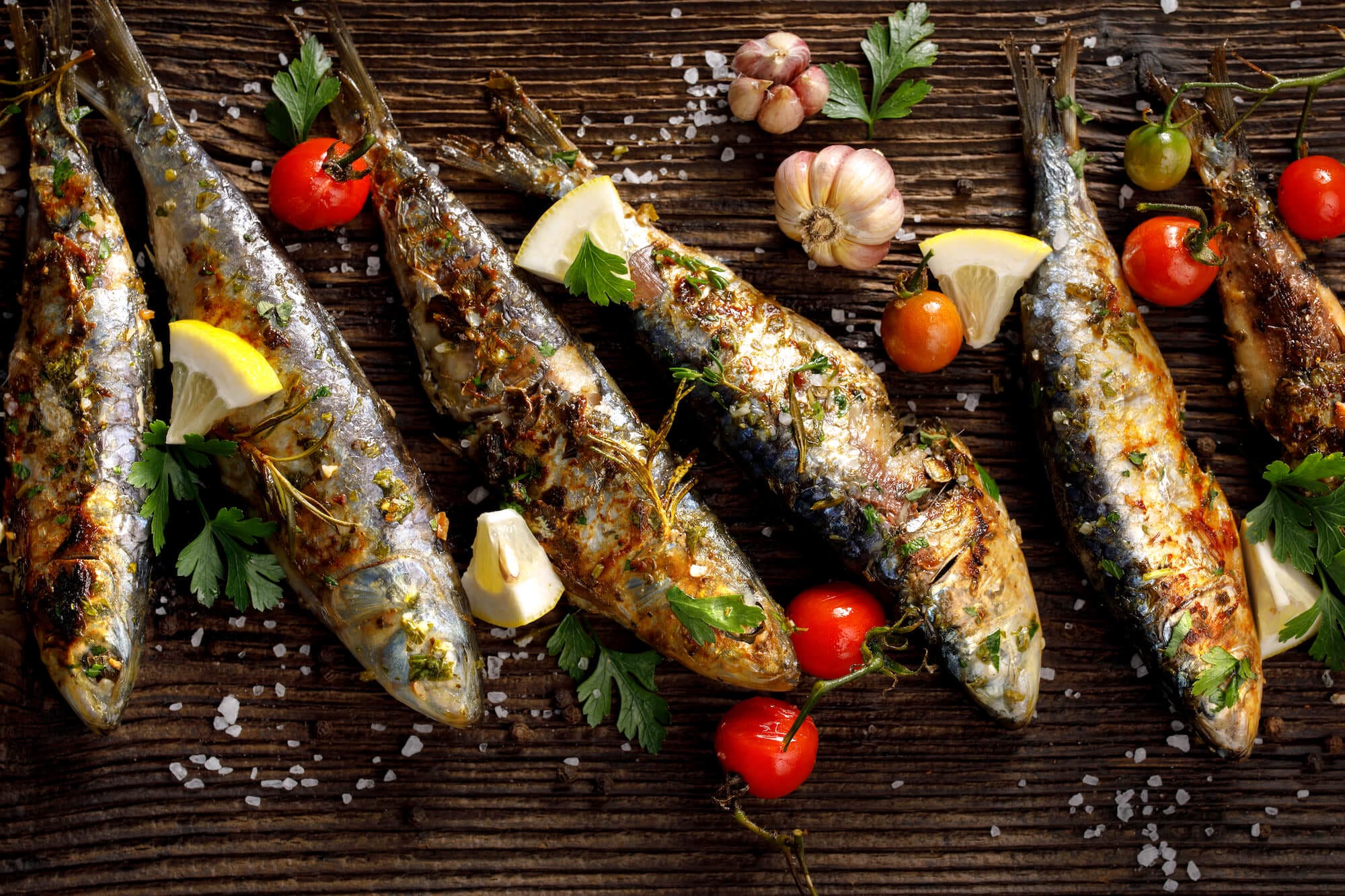
Sardines are highly satisfying, very nutritious and rich in healthy fat (like omega-3 fat). They rank just below grass-fed beef because they don’t contain as much carnitine or CLA.
These tasty, small fish are healthier than most other fish options because they contain the safest levels of mercury. Plus, they align well with nose-to-tail eating because you truly do eat the whole fish when you eat sardines — head, tail bones and all.
Not only that, sardines are very affordable on any budget.
Best options: Make sure to choose sardine brands that have a sustainability certification. My favorite brand is Wild Planet Foods.
Stay away from: Sardines that are brined in soybean oil or sunflower oil, because these fats are inflammatory and may contribute to weight gain. Choose sardines brined in olive oil instead. Also, stay away from sardines that have the skin removed because the skin contains healthy fat and nutrients.
#3. Wild-Caught Salmon
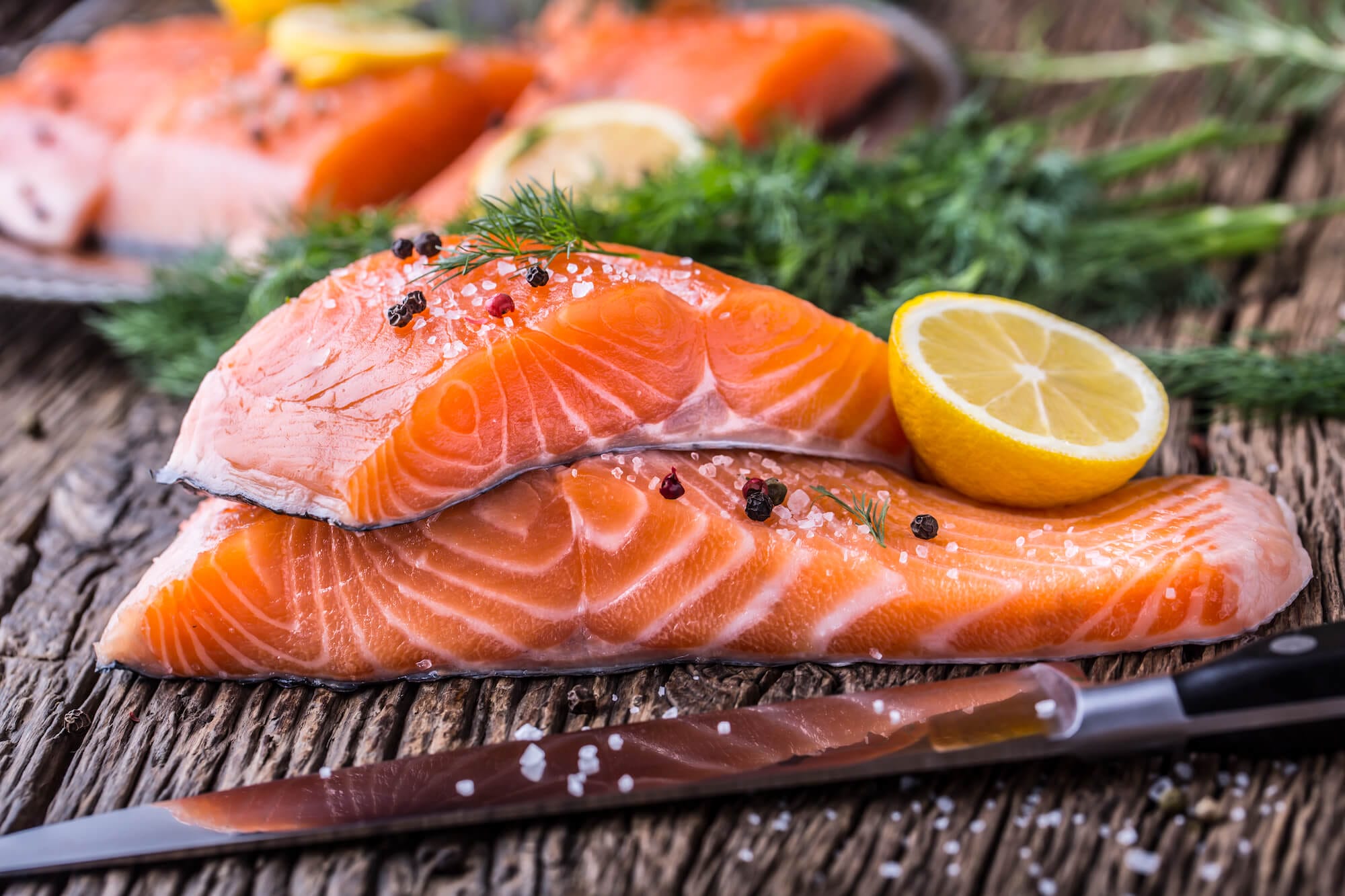
Salmon is rich in B vitamins, minerals, antioxidants and healthy fats. And while it has more mercury than sardines, it’s still a relatively low-mercury fish. Plus, as one of the most popular fish in Western cultures, it’s easy to find and very versatile in meals.
Best options: Wild-caught sockeye salmon is particularly healthy because it’s the richest in vitamin B12, and wild-caught king salmon has the highest omega-3 fatty acid content of any salmon variety. Both sockeye and king salmon are rich sources of an antioxidant called astaxanthin, which promotes overall health. Whenever possible, try to eat the salmon skin to increase your feelings of fullness and to get more collagen into your diet.
Stay away from: Farmed salmon, which is higher in inflammatory fats, lower in nutrients, and contains chemicals like butylated hydroxytoluene (BHT) and ethoxyquin (EQ). You can learn more about this (and about why you want to avoid those chemicals) in our article explaining the key health differences between wild-caught and farm-raised salmon.
#4. Grass-Fed Lamb
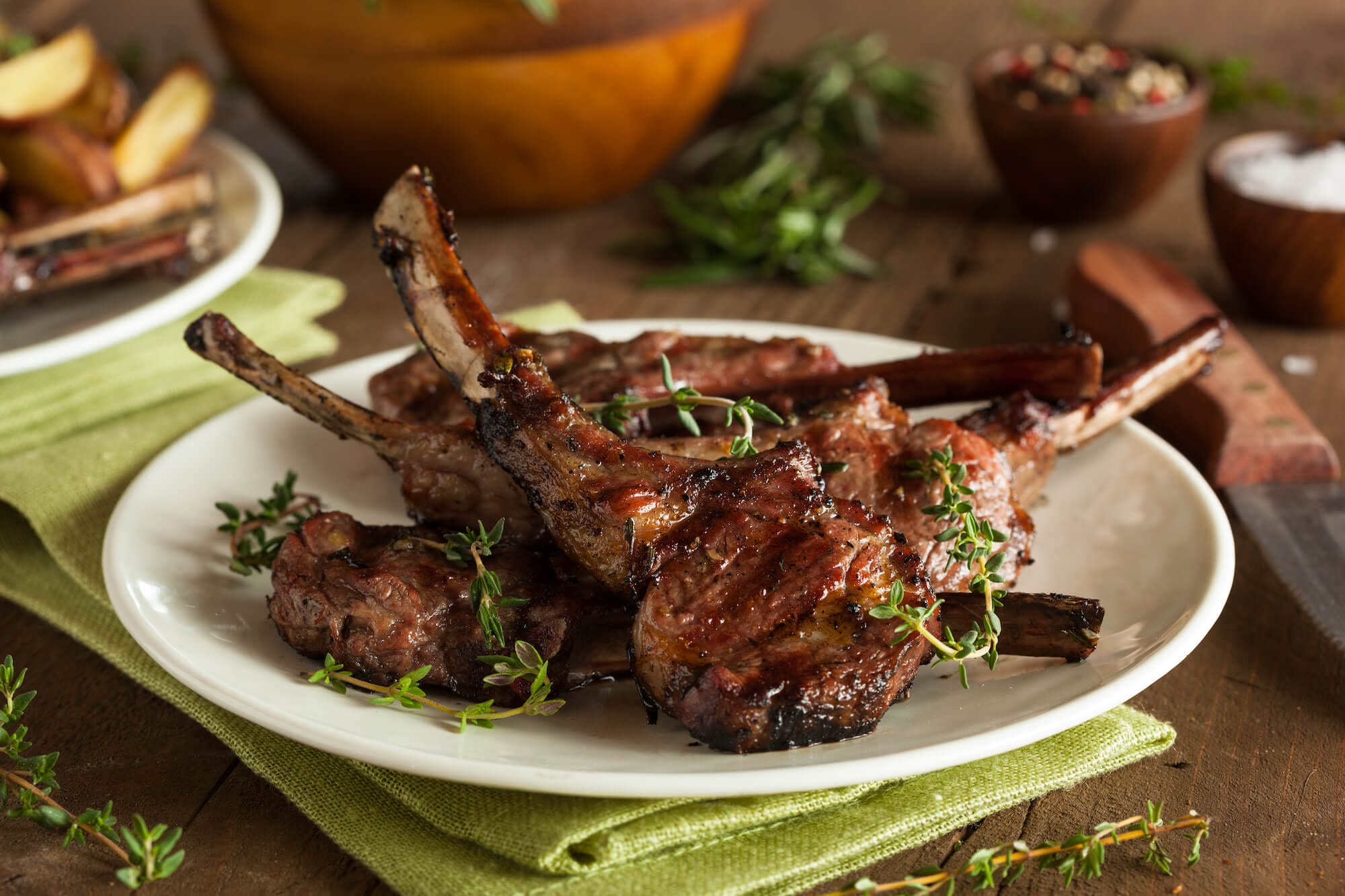
Grass-fed lamb has a high amount of carnosine as well as a high amount of CLA (second only to grass-fed beef). Its vitamin and mineral content is very similar to grass-fed beef as well, with higher amounts of thiamine but lower amounts of vitamin B12 than beef. It also contains an abundant amount of omega-3 fat compared to conventionally-raised lamb.
Although healthy grass-fed lamb is very comparable to the meats listed above, we’ve ranked it slightly lower due to its limited accessibility; it’s not as widely available, and fewer people know how to prepare it and integrate it into meals. But when you can get your hands on grass-fed lamb, it’s a healthy and delicious option.
Note that grass-fed lamb is higher in omega-3 fat, and contains less unhealthy omega-6 fat, than conventionally-raised animals.
Best options: You can serve leg of lamb, lamb chops, shoulder, shank and ribs slow-cooked with moist heat. Lamb chops and lamb liver can also be grilled. Ground lamb can be used to make gyro meat or lamb burgers.
Stay away from: Serving lamb with processed grains such as buns, pitas, etc. While these are the common accompaniments to lamb, pairing this healthy meat with processed grains will counteract the health and weight-loss benefits it provides.
#5. Wild Game

Wild game meat — such as deer, elk and wild boar — are very nutritious foods to include in your diet. They rank slightly below some of the other options on this list because they don’t have much fat, making them less filling. (They’re also more difficult to access.) Still, they’re among the best meats for weight loss since the fat they do contain is largely comprised of omega-3.
Notably, venison (deer) is very high in zinc, providing around 30% of your daily needs with just one serving. Higher amounts of dietary zinc are linked to lower insulin levels, which is in turn related to weight loss. Because of this, wild game is a good low-calorie meat for weight loss.
Best options: Wild game including deer, elk and wild boar are good options. Bison, while not technically wild, is a great alternative to beef.
Stay away from Make sure to avoid breading and deep-frying wild game, as this adds to the calories and inflammatory ingredients.
#6. Seafood
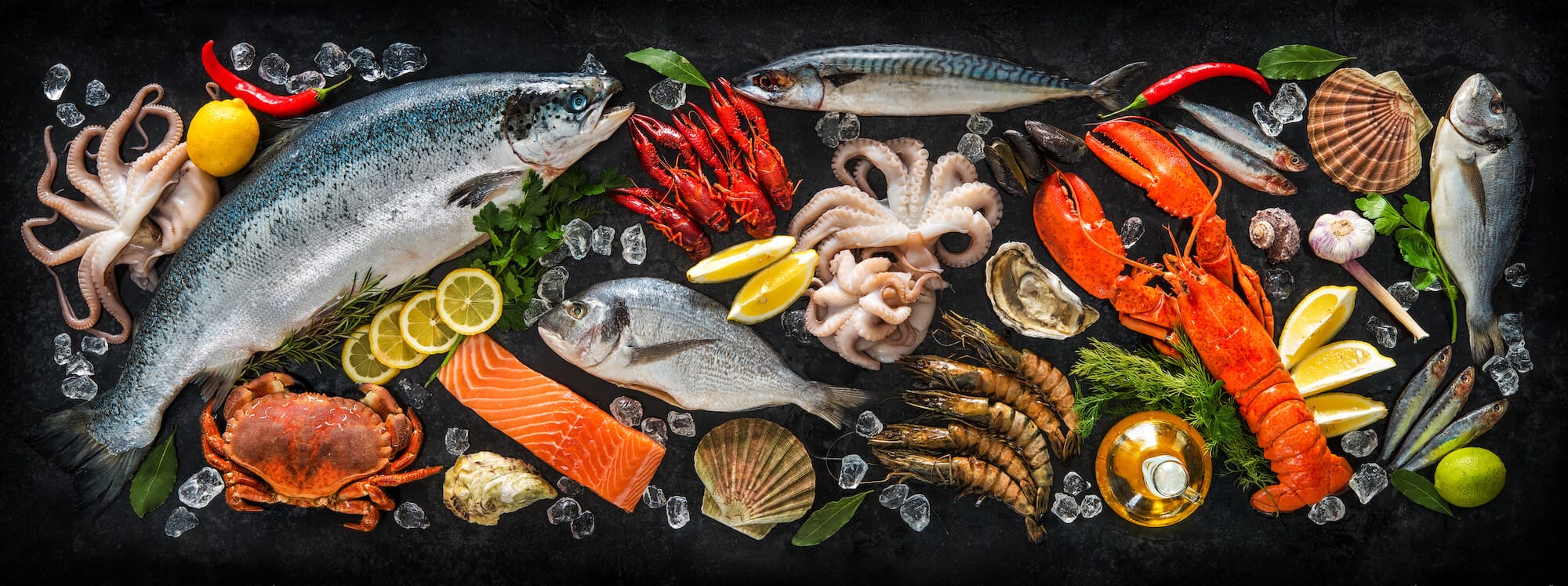
Another great meat for weight loss is seafood, including mollusks like oysters, scallops, clams, squid, mussels, shrimp, crab and lobster.
Shellfish is high in protein and features the highest amount of taurine of any meat on this list, as well as numerous minerals that are important for metabolic health, such as zinc, selenium and iodine. In fact, oysters are the highest source of zinc of any food on the planet, containing over 5 mg each.
When it comes to shellfish, keep in mind that too much of a good thing is possible. Because some shellfish (like oysters) are so high in zinc, it’s best to avoid eating large amounts of them daily, since too much zinc can reduce copper absorption in the body when eaten in excess over long periods of time.
Still, zinc-rich foods help support hormones that promote healthy metabolism and can thus be a great addition to a healthy weight-loss diet.
Best options: To get the most from shellfish, it’s best to eat a variety of them to maximize your nutrient intake diversity. You should choose mollusks that have shells that are very fresh, moist and tightly-closed, because you run a risk of them being contaminated if the shell is open. Shellfish are great when eaten steamed, in soups, or alongside grass-fed beef.
Stay away from: Breaded or deep-dried shellfish because they’re highly palatable, which makes people want to overeat them. Additionally, they contain inflammatory fats and grains that are used in the cooking process, which can contribute to weight gain.
#7. Organic Pasture-Raised Poultry

Organic free-range poultry (including pasture-raised turkey and chicken) is among the healthiest meats for weight loss thanks in part to its high vitamin B3 (niacin) levels; niacin is an important nutrient for weight loss because it reduces inflammation in fat tissue.
Additionally, organic free-range poultry has high amounts of both taurine and tryptophan. Taurine may aid weight loss by reducing white fat levels in the body, while tryptophan helps to produce serotonin (which can reduce overall appetite). Foods with tryptophan may also help reduce blood glucose levels after meals.
However, it’s worth noting that even pasture-raised turkey and chicken doesn’t have as much healthy omega-3 fat than the meats previously mentioned on this list. (And it has more unhealthy omega-6 fat.)
Keep in mind that most of poultry’s fat content is in dark meat, which is also richer in vitamins and minerals than white meat (like chicken breast). Additionally, you should avoid the common wisdom to throw out the skin, as it’s a very rich source of collagen (which supports healthy weight loss).
Best options: Turkey and chicken legs with the skin on, turkey and chicken giblets, and thighs are good choices. Turkey and chicken should be eaten nose-to-tail whenever possible. Roasted turkey and chicken is the best method of preparation for poultry. Try to find poultry sources that are fed foods that are free of soy, corn and grains.
Stay away from: Deep fried turkey, deep-fried chicken, and skinless turkey and chicken.
#8. White-Fleshed Fish
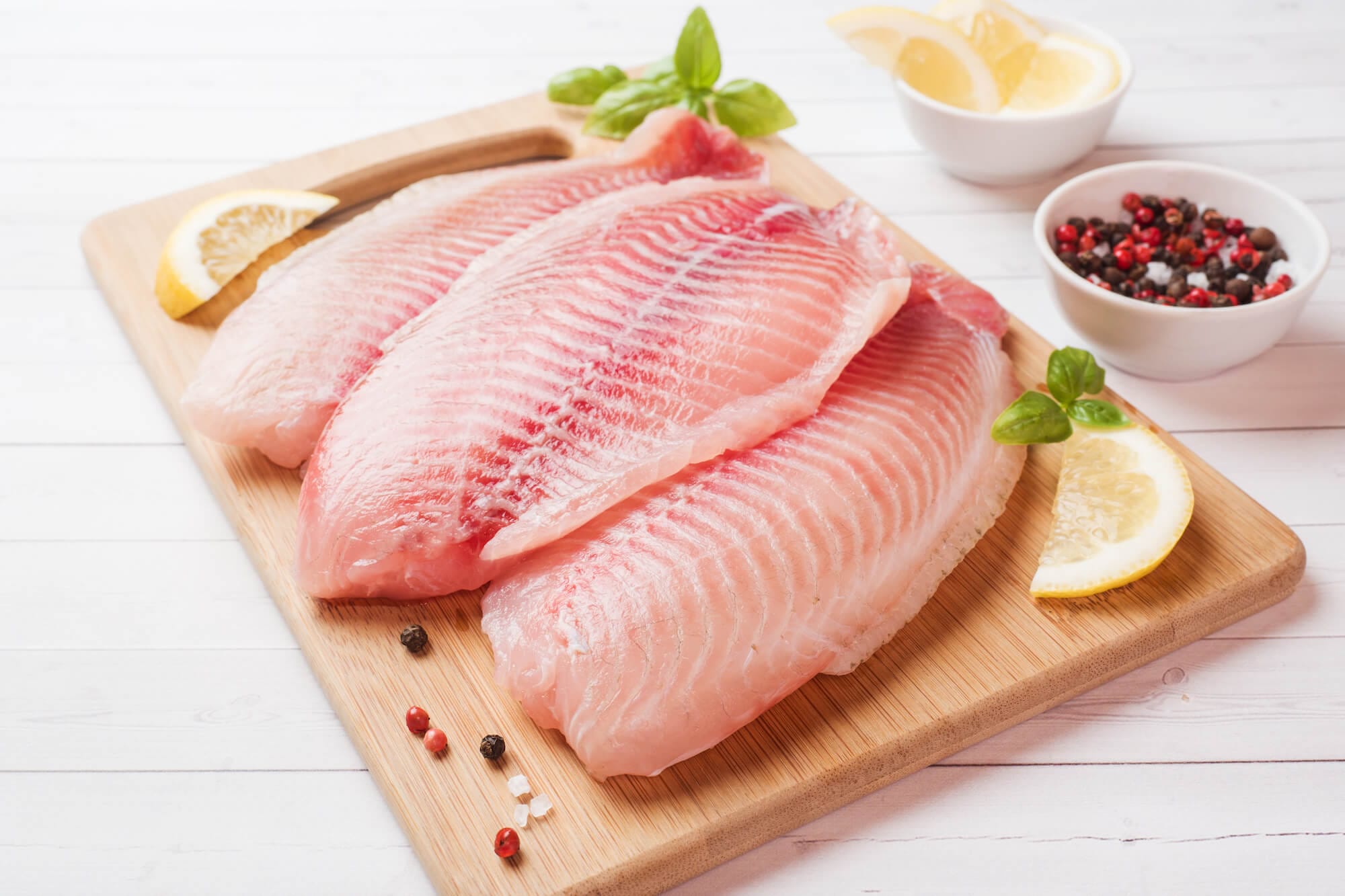
White-fleshed fish is typically a very healthy meat to choose for weight loss. This category of meat includes sole, cod, halibut, snapper, catfish, tilapia, pollock and other white fish. Like other meats on this list, white fish is rich in vitamins and minerals and contains significant protein to help fuel the body’s metabolism.
However, white-fleshed fishes don’t have as much healthy fat to support feelings of fullness as other meats on this list. And while most types of white fish are relatively low in mercury, it’s still best to limit your intake to twice per week (especially for halibut) to prevent the consumption of too much of this heavy metal.
Best options: Cod, sole, pollock, catfish, mackerel, canned light tuna, perch, pike and other white fish tend to all be good options. They’re best prepared baked, grilled or pan-fried. Make sure to eat the skin when possible. Even though canned light tuna isn’t technically white fish, it is one of the most affordable healthy meats, so I’ve included it here.
Stay away from: Farmed white fish of any kind, including tilapia. Avoid eating higher mercury white fish like orange roughy, shark, swordfish, albacore tuna and ling. Also, avoid deep-fried white fish.
#9. Grain-Free, Pasture-Raised Pork
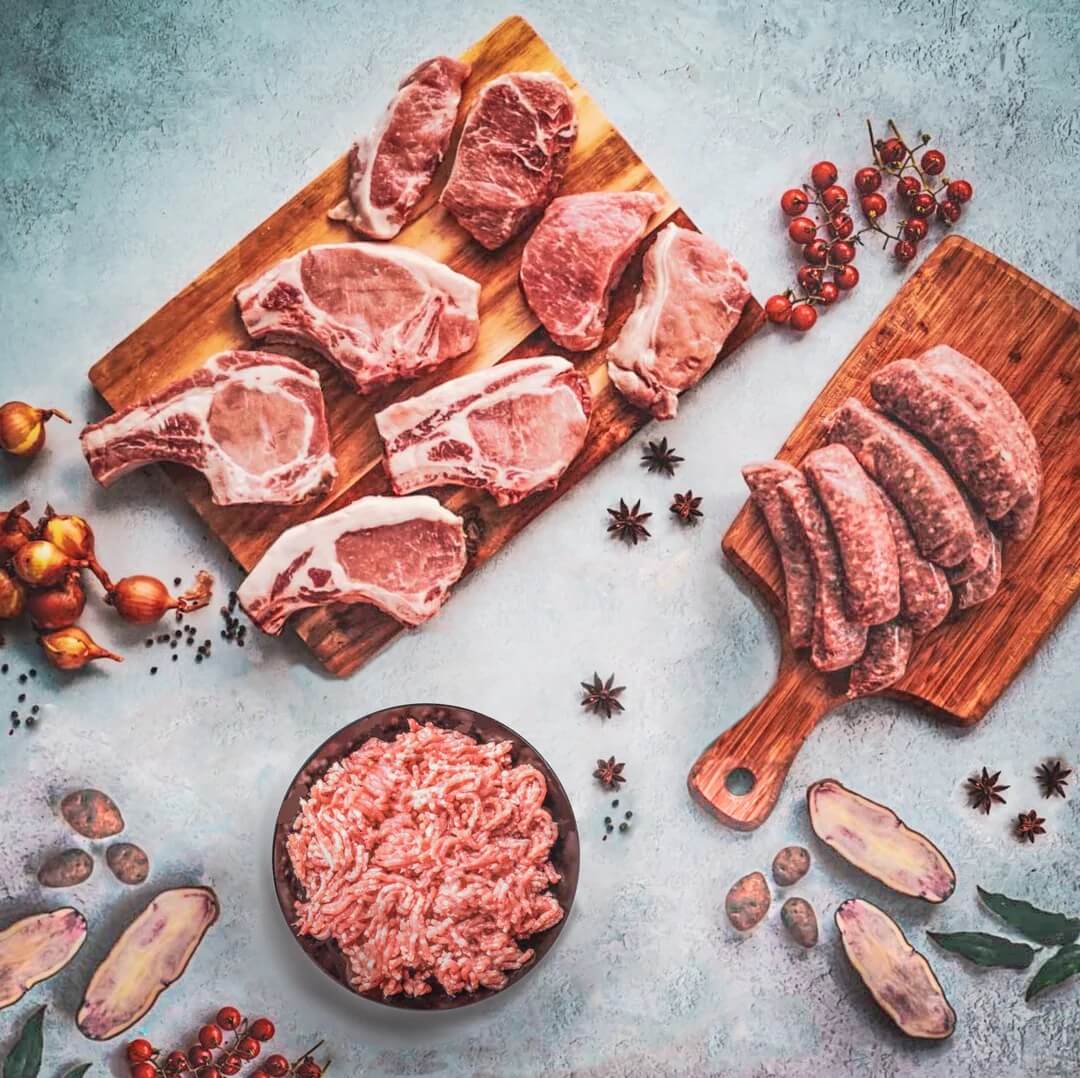
Grain-free, pasture-raised pork is a good meat for weight loss because, like grass-fed beef, it contains over four times as much omega-3 fat as conventionally grown pork. In fact, its omega-3 content comes close to that of grass-fed beef. Grain-free pork is also higher in antioxidants (like vitamin E and selenium) than conventional pork.
According to research, eating pork results in increased calorie burning compared to equal-calorie amounts of soy. Additionally, eating pork in amounts of around two pounds per week resulted in greater weight loss and reduced abdominal fat, compared to people who did not eat pork.
Best options: Pork ribs, ground pork, pork roast, pork chops and pork tenderloin. These cuts of pork are great in the slow cooker or pan-fried as well as air-fried.
Stay away from: Breaded and/or fried pork cuts and conventionally-raised pork. Plus, watch out for sauce-covered pork like ribs and pulled-pork sandwiches; these sauces are usually loaded with sugar and seed oil.
#10. Wild Fowl

The wild fowl category includes ostrich, pheasant, duck, cornish game hens and goose. Most of the meat from these birds, with the exception of pheasant, is dark meat, which means it’s richer in vitamins, minerals and healthy fats than white-meat options. Ostrich is also very rich in anserine, a potent antioxidant that improves adaptive response to exercise.
Each bird has its own unique set of nutrients, and the closer their feed is to a species-appropriate diet, the better their nutrient profile will be. However, because these birds can be somewhat challenging to find, we’ve ranked this meat last on the list.
Still, high-quality ostrich, goose and duck are becoming more readily available, and they’re some of the most nutrient-dense foods you can find. For example, ostrich contains significant amounts of carnosine, vitamins and minerals.
Best options: Pastured ostrich, game hens, duck, pheasant and goose are all good options. Good cooking methods for these birds include slow-cooking, sautéing, grilling and pan-frying.
Stay away from: Deep-fried birds (one of the most common cooking methods) and conventionally-farmed birds.
Meats to Avoid When You’re Trying to Lose Weight
Although meat consumption can support weight management and even promote weight loss, there are several meat types that you should avoid as a general rule — and especially when you’re trying to shed pounds.
Deep Fried Meats
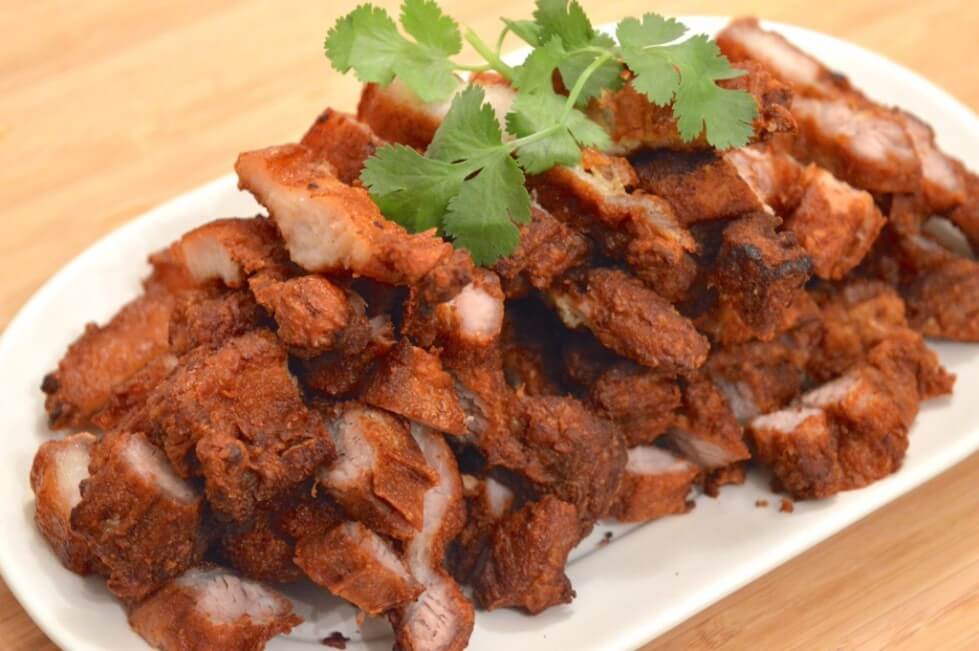
Deep-fried meats of all kinds should be avoided because they usually contain inflammatory fats like vegetable oils and added refined carbohydrates that spike insulin levels.
They also have a high glycemic index, which causes the body to store fat.
In addition, it’s much easier to overeat fried foods compared to other meat preparation methods; this is a problem, because overheating meat results in reduced insulin sensitivity which, in turn, promotes weight gain.
If you can’t resist the temptation of fried meats, make your own at home by skipping the breading and frying in extra virgin olive oil, tallow or lard, as these fats are less likely to oxidize.
Fast Food Burgers
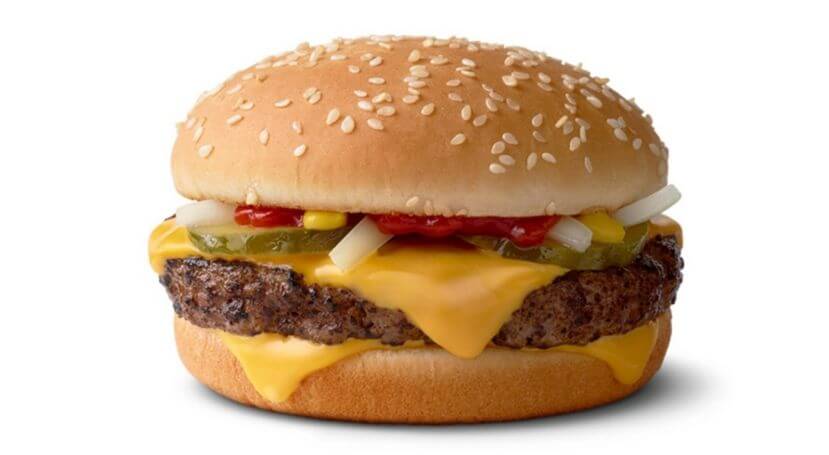
Fast food burgers are as bad or worse than deep-fried meats because they contain a white bun with almost 40 grams of empty-calorie carbohydrates. In fact, fast food burgers have more carbohydrates than protein, making them lacking in satisfying amino acids while also promoting high insulin levels.
Not only that, the American cheese typically used on fast-food burgers often isn’t cheese at all, but instead a cheese substitute made from only about 50% real cheese that contains harmful preservatives and additives like emulsifying agents
Fast food burgers are also full of filler ingredients that trigger the body to store calories (like high fructose corn syrup and/or sugar, yeast, soybean oil or canola oil), as well as preservatives that can alter the gut microbiome (like sodium stearoyl lactylate, monocalcium phosphate, calcium propionate and sodium propionate). This gut disruption can help obesity-promoting strains of bacteria to thrive.
These days, it’s almost as quick to make your own healthy burger at home with 100% grass-fed ground beef or lamb. If you can’t avoid the drive-through, ask for your burger protein-style (without the bun).
Fast Food Chicken
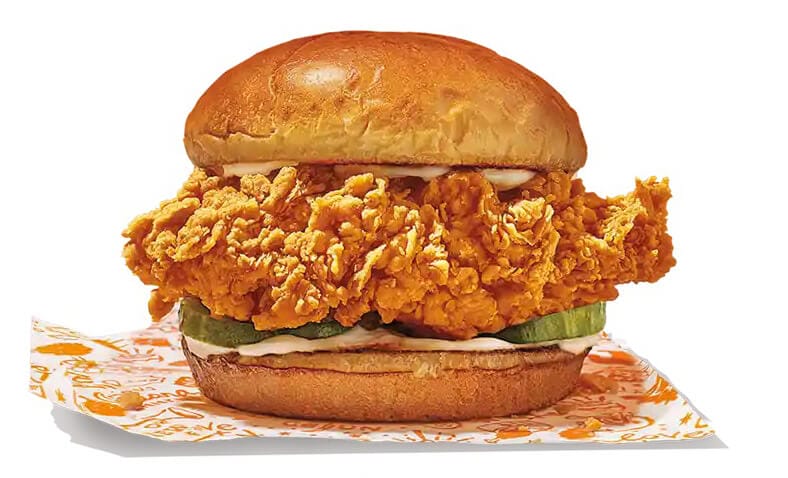
Fast food chicken is so full of fillers — like white flour, sugar and high fructose corn syrup — that it’s almost always more grain than chicken. For example, a Popeyes chicken sandwich has 50 grams of carbohydrates and only 28 grams of protein.
All other fast food chicken sandwiches are about the same in comparison. When it comes to chicken nuggets, the protein content is often lower than the carbohydrate content too! Using your air fryer at home to make your own chicken is just about as quick as a drive-through, so try to make pastured chicken tenders at home instead.
Frozen Meatballs
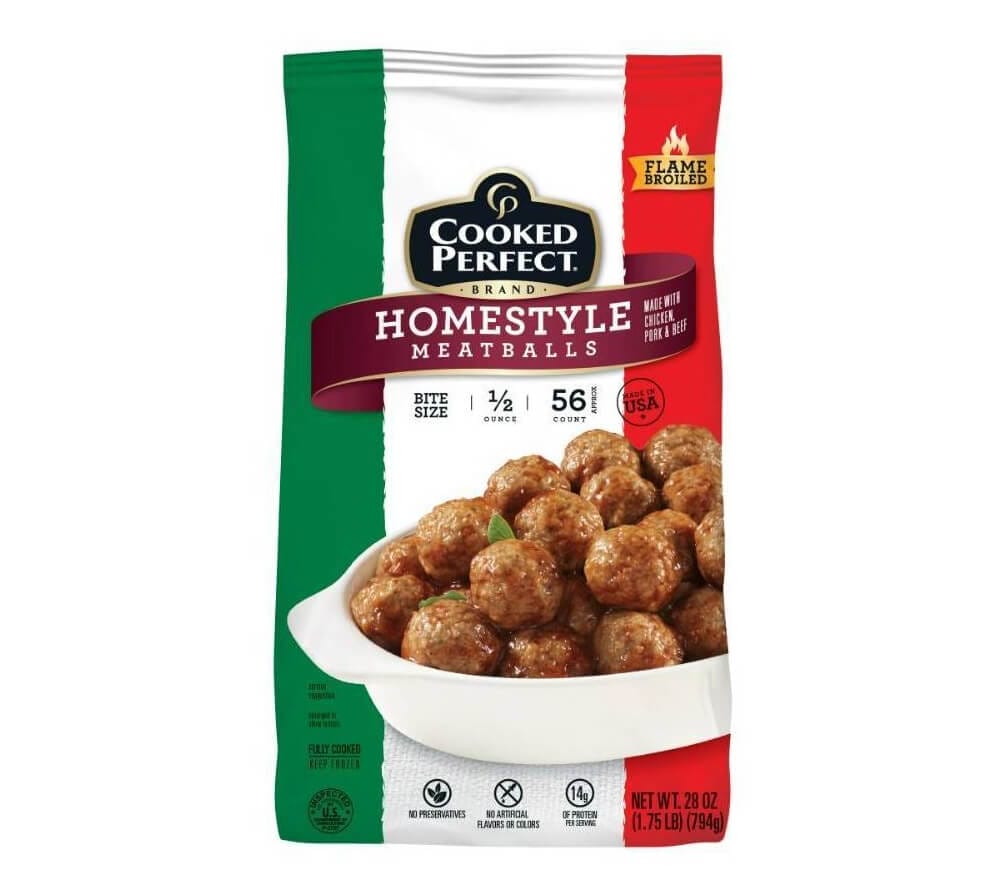
Frozen meatballs contain lots of added soy protein and white flour, both of which are low in nutrients and can create inflammation in the gut. This inflammation triggers the production of insulin, which stores body fat. Many frozen meatball brands also contain suspect ingredients — like textured soy flour, white flour, and soy protein concentrate — that are unhealthy for your metabolism.
A better way to go is to make large batches of healthy meatballs without breadcrumbs ahead of time and freeze your own for later use. In fact, mixing 100% grass-fed ground beef with beef liver is one easy way to get organ meat into your diet.
Cured Meats
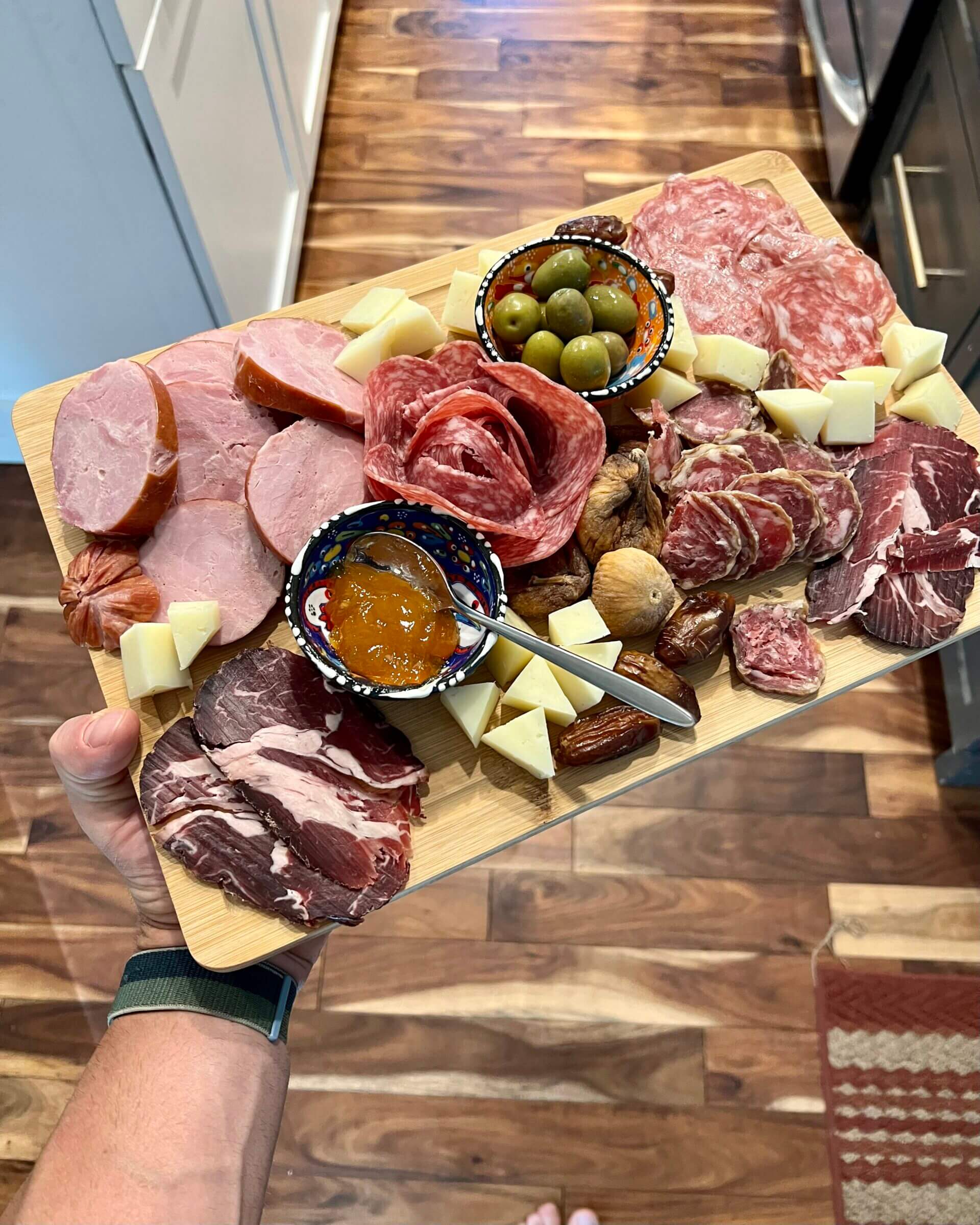
Cured meats — a category that includes processed deli meat (i.e., lunch meat or cold cuts), bacon, sausage, salami and ham — may also be unhealthy. These meats typically contain preservatives like nitrites, which have been linked to a slight increase in cancer risk.
There is no clear research indicating that cured meats promote weight gain, but studies do convey an association between insulin resistance and eating processed meats.
This type of research is usually very weak, because it comes with a lot of bias and lack of adjustment for other lifestyle factors. Still, there are very good options to choose instead of processed meat, so until we know more, it is best to go with unprocessed options.
Frequently Asked Questions
To promote weight loss, it’s best to get at least 30 grams of protein at mealtime or around 0.54 grams of protein per pound of body weight.
For example, if you weigh the median weight for a man in the United States (198 pounds), you would need 107 grams of protein. For a woman at the median weight of 171 pounds, you would need 92 grams of protein per day.
Not necessarily. Lean cuts (like lean beef) used to be considered better for weight loss, but more current research suggests that the higher fat content of foods like sardines makes it easier to lose weight.
For example, research shows that fattier meats like salmon and pork are better for weight loss than lean meats like white fish. Similarly, studies have found that a diet high in red meat results in just as much weight loss as a diet comprising leaner meats, like poultry and shellfish.
In short, the idea that lean protein is better for weight management is based on the flawed premise that dietary fat necessarily leads to gaining body fat. In actuality, fat is an essential nutrient and an important source and energy. It’s a key aspect of a healthy diet.
Meat contains both protein and fats. Higher protein meats are lower in fat content by default. Examples of higher protein meat are skinless chicken breasts, white fish, clams, round steak, pork tenderloin and ostrich.
But you should know that all meat is relatively higher in protein than any other food, so the difference between high-protein meats and lower-protein meats in terms of weight loss is small.
What research does show is that eating a high-protein diet helps improve weight loss and helps prevent weight regain better than a lower-protein diet.
The Best Meat for Weight Loss: Final Thoughts
Meat is a diverse category of food that can promote healthy weight loss by providing a range of energy-promoting vitamins, minerals, antioxidants, fat-burning compounds, and proteins that trigger metabolism and healthy fats.
Contrary to conventional wisdom, fatty meats like salmon, pork and red meat promote weight loss when eaten as part of a healthy diet that limits processed foods.
The healthiest meat to choose for weight loss is 100% grass-fed beef because it contains the most nutrients of any option on this list. That’s especially true if you’re able to include organ meat in your diet, as it’s the most nutrient-dense part of the animal.
Adding in a variety of the other options on this list assures that your taste buds won’t get bored and that you have a broad intake of highly nutritious foods.
Just make sure to avoid unhealthy meats with additives, fillers and preservatives, as well as those fried in unhealthy fats and grains. Additionally, choose meats that are raised the way they’re intended to be raised — with lots of open pasture and natural feed specific to their own natural habitats.

Heidi Moretti is a registered dietitian with decades of experience in healing patients through functional nutrition. She’s the author of four books, has Master’s of Science in Nutritional Sciences from the University of Washington, and is the founder of the wellness website The Healthy RD.
Medical Disclaimer
The information shared on this blog is for educational purposes only, is not a substitute for the advice of medical doctors or registered dieticians (which we are not) and should not be used to prevent, diagnose, or treat any condition. Consult with a physician before starting a fitness regimen, adding supplements to your diet, or making other changes that may affect your medications, treatment plan or overall health. MichaelKummer.com and its owner MK Media Group, LLC are not liable for how you use and implement the information shared here, which is based on the opinions of the authors formed after engaging in personal use and research. We recommend products, services, or programs and are sometimes compensated for doing so as affiliates. Please read our Terms and Conditions for further information, including our privacy policy.
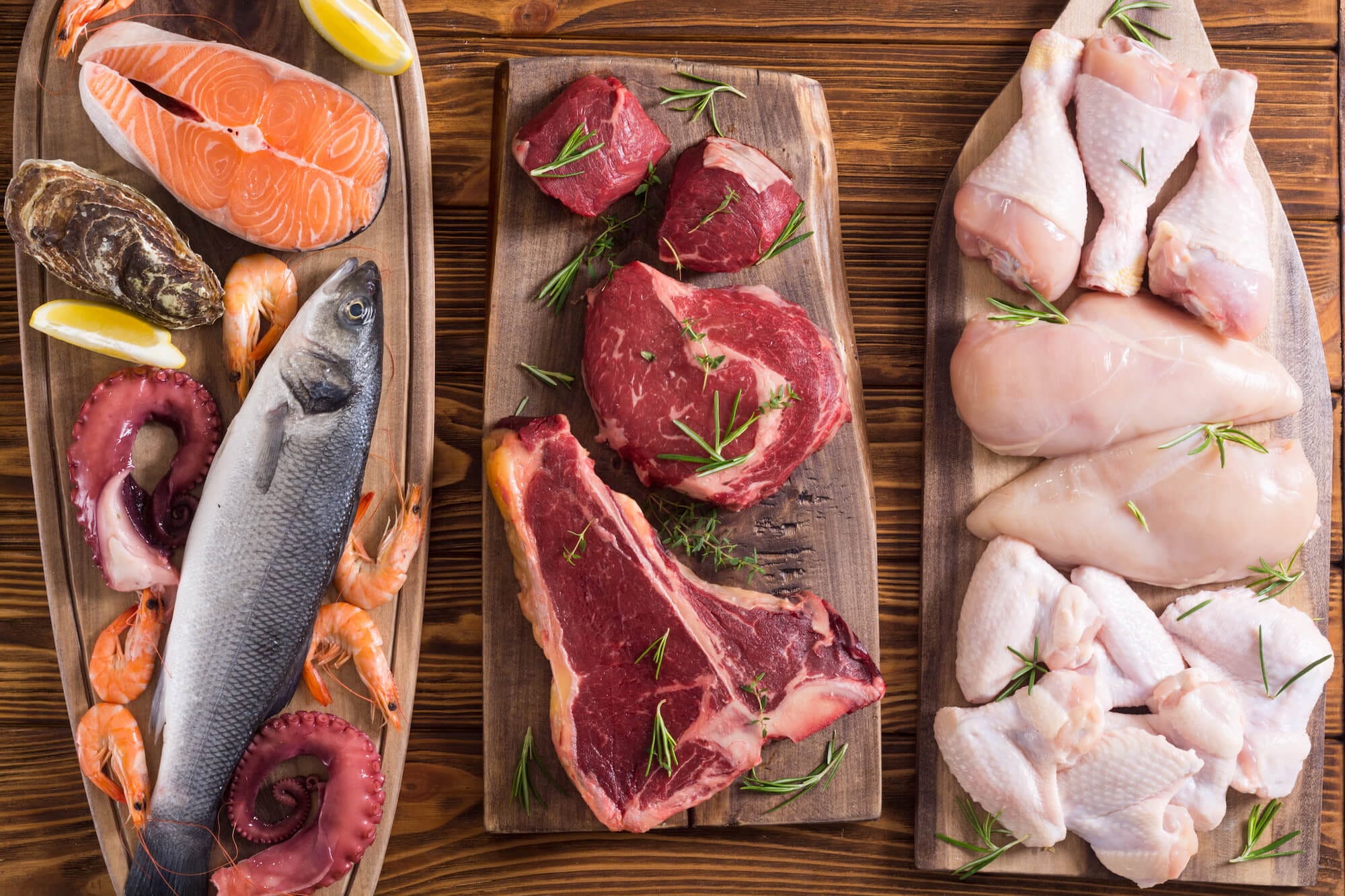
Thank you for this detailed, valuable info, Michael.
I’ve read this, as well as a number of your other articles – all the way through – and have learned much!
Jay
Thanks for the feedback, Jay! I much appreciate it!
Thank you,
This was a great article. One of the bests I’ve come across online. This will definitely help me next time I go food shopping.
I just wish food packaging would tell us more!
I’m glad you found the article valuable and thanks for stopping by!
There was one thing though I’m not sure I really understood. I get the whole High Protein Low Carb concept in order for the body to burn more (belly) fat while maintaining muscle mass but why the need to consume the extra fat around the meat (chicken skin, fish skin, ribeye, ect)? Wouldn’t the body start burning fat earlier if it didn’t have to go through burning all the new (possibly unnecessary) fat just ingested?
Hey Quentin!
You can certainly force your body to burn its own fat quicker by reducing your fat intake. But you’ll likely feel miserable doing so. The much better option is to eat enough protein and fat and let your body figure out how much you need by adjusting ghrelin and leptin levels (your hunger and appetite suppressing hormones). If you do that, you won’t feel crappy and still lose fat.
Cheers,
Michael
fet keeps you from being hungry without increasing insulin level, the high insulin levels making you continuously hungry,especially if consuming process carbs
Hi Michael,
Thanks a lot for that great explanations. I can really understand a lot better, how the things interact with each other.
You’re most welcome, Sven!